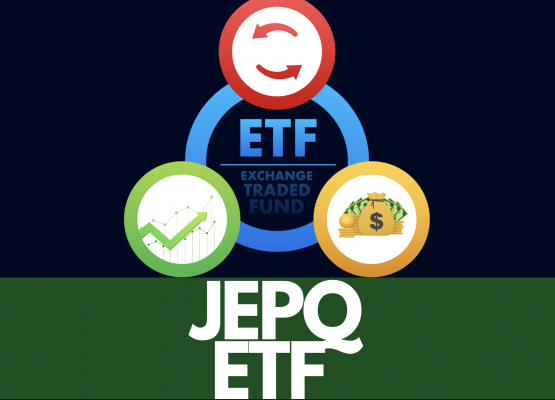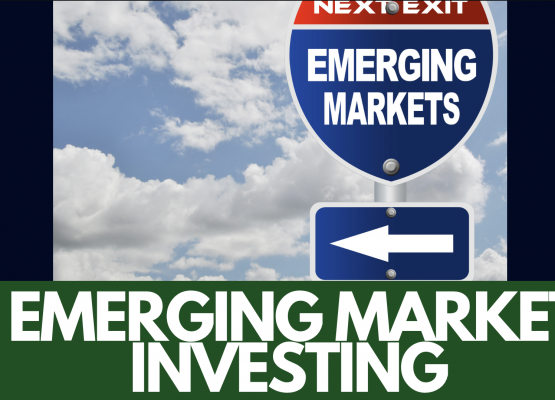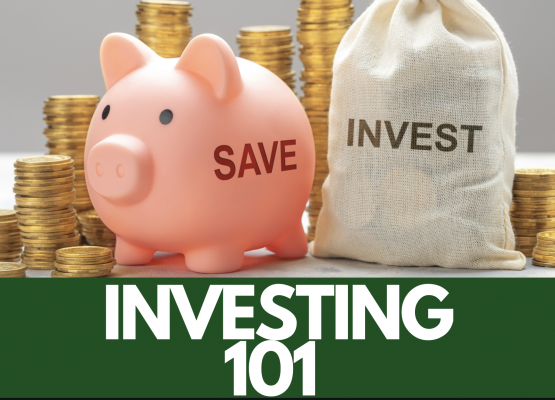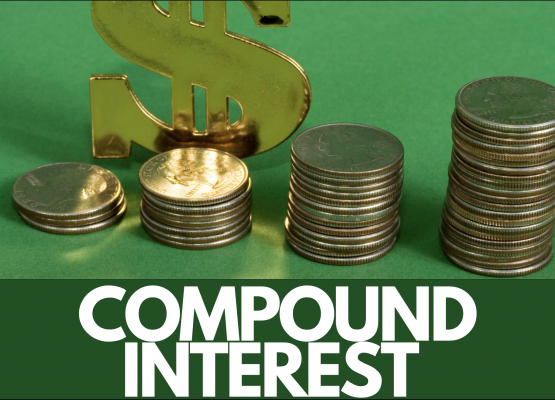Author: admin

Exploring the J.P. Morgan Equity Premium Income ETF (JEPQ): A Strategic Approach to Income Generation
Overview of JEPQ ETF In terms of portfolio income solutions, the J.P. Morgan Equity Premium Income ETF (JEPQ) stands out as a compelling solution that is focused on the growth potential of NASDAQ-100 companies, with a strategic income-generation focus, by selling covered calls. Launched in May of 2022, by J.P. Morgan Asset Management, this ETF […]

Mastering Income Investing: A Deep Dive into the Schwab U.S. Dividend Equity ETF (SCHD)
Check Out Our Recent Video on SCHD: Overview of SCHD The Schwab U.S. Dividend Equity ETF (SCHD) is a popular ETF in the domain of dividend-focused investment solutions, focused on delivering stable, high-yield payouts alongside the potential for capital appreciation. Established by Charles Schwab in 2011, SCHD tracks the Dow Jones U.S. Dividend 100 Index, […]

Decoding Smart Beta Strategies: Enhancing Portfolio Returns with Advanced Indexing
Introduction to Smart Beta Strategies Let’s begin by discussing an overview of some potential Smart Beta Strategies, and how you can use these strategies to potentially assist you with your long-term investment goals, objectives and time horizon. Overview of Smart Beta The financial markets present a multitude of opportunities, especially with the excess volatility in […]

The Complete Guide to Investing in Emerging Markets for 2024 & Beyond
Emerging markets represent a dynamic and integral component of the global financial markets, offering unique opportunities and challenges that distinguish them from more developed economies. Understanding these markets is important if you are an investor who is seeking to diversify your portfolio(s), and tap into the growth potential that these markets offer. The first part […]

Understanding the Bond Market: A Comprehensive Guide for Investors in 2024 & Beyond
Welcome to the article! Here’s a quick outline of what we will be covering today, which is all about the bond market. By the end of this article, we hope that you will have obtained a deep understanding of the bond market and all aspects that will be necessary for your growth and success as […]

Understanding Fear and Greed in the Stock Market (The Psychology of Investing)
Brief Overview When it comes to investing money in the financial markets, emotions can significantly influence investor behavior and shape market dynamics. Fear and greed are two of the most powerful emotions that drive financial markets, and these emotions often compel investors to make irrational decisions that can lead to financial bubbles or market crashes. […]

From Zero to Investor: 7 Steps to Building Your First Portfolio from Scratch (Complete Guide)
Welcome to Your Investment Journey Investing isn’t just for those who are affluent or well versed with the financial markets. Instead, it is a journey accessible to everyone, especially these days with the rise of online stock brokerages, many of which allow for fully self-directed accounts. Whether you’re saving for retirement, a new home, or […]

The Power of Compound Interest: Building Wealth Slowly but Surely
When it comes to building wealth, beyond the daily hustle and putting money away in a savings account, there is a powerful, yet often underestimated force that can help you to achieve your goals. This force is known as compound interest, which Albert Einstein himself once coined “the eighth wonder of the world”. Understanding Compound […]

Top Strategies for Managing Volatility in 2024 & Beyond
In 2024, the global economic landscape has been shaped by various factors including geopolitical tensions, policy changes, and macroeconomic factors, which has set the stage for potential market volatility. Ongoing adjustments in international trade policies, fluctuating interest rates as central banks navigate inflationary pressures, and the unpredictable nature of geopolitical conflicts that directly impact global […]

This Week in the Markets: Navigating the Waves of Change
As of the afternoon of April 9, 2024, the stock market is showing mixed results, with certain indexes slightly up and others experiencing minor declines. The DJIA (Dow Jones Industrial Average) decreased by nearly 1% to 38,758.66 as of writing. The S&P 500 is down approximately .25%, currently trading at 5,187.57. In contrast, the NASDAQ […]
